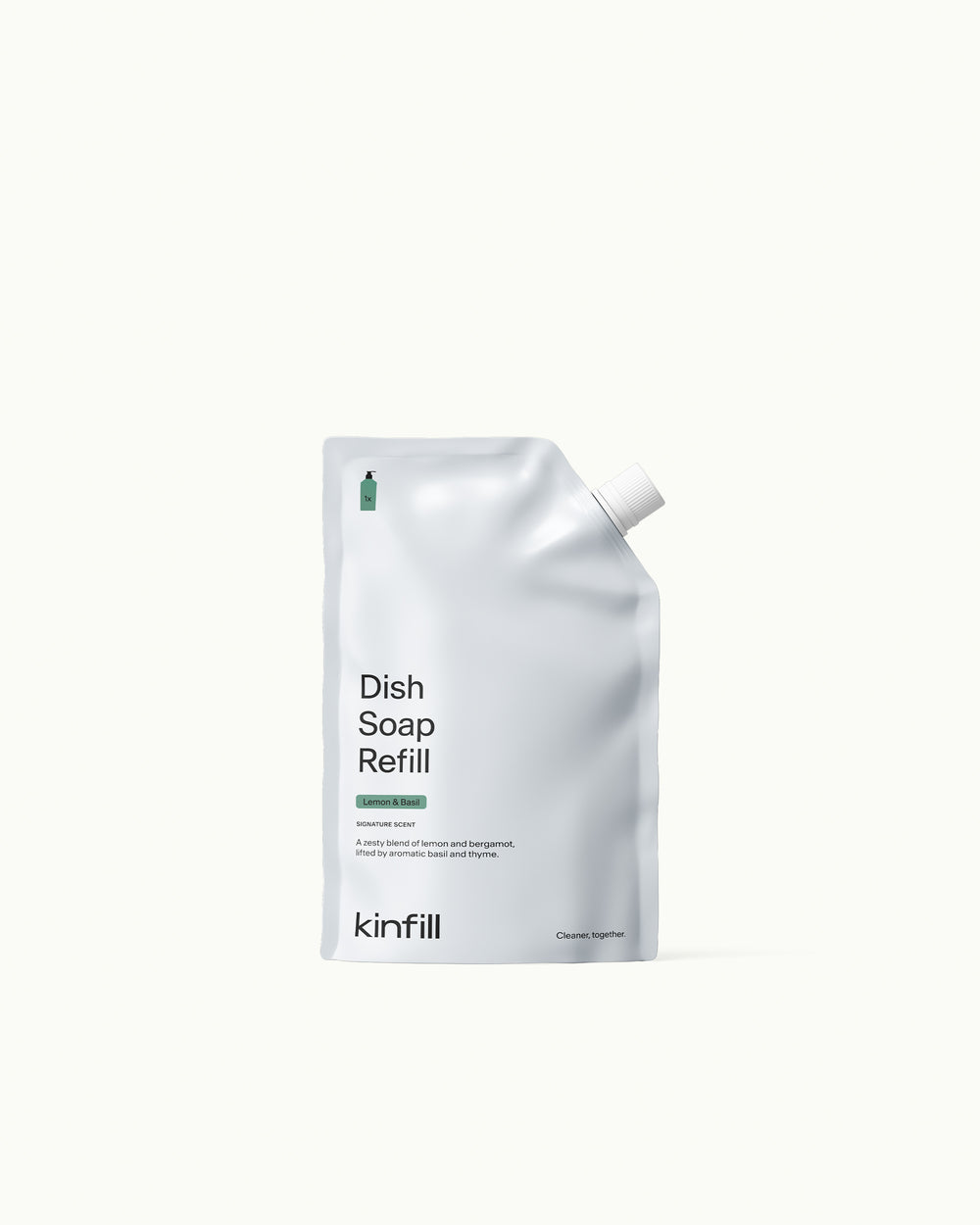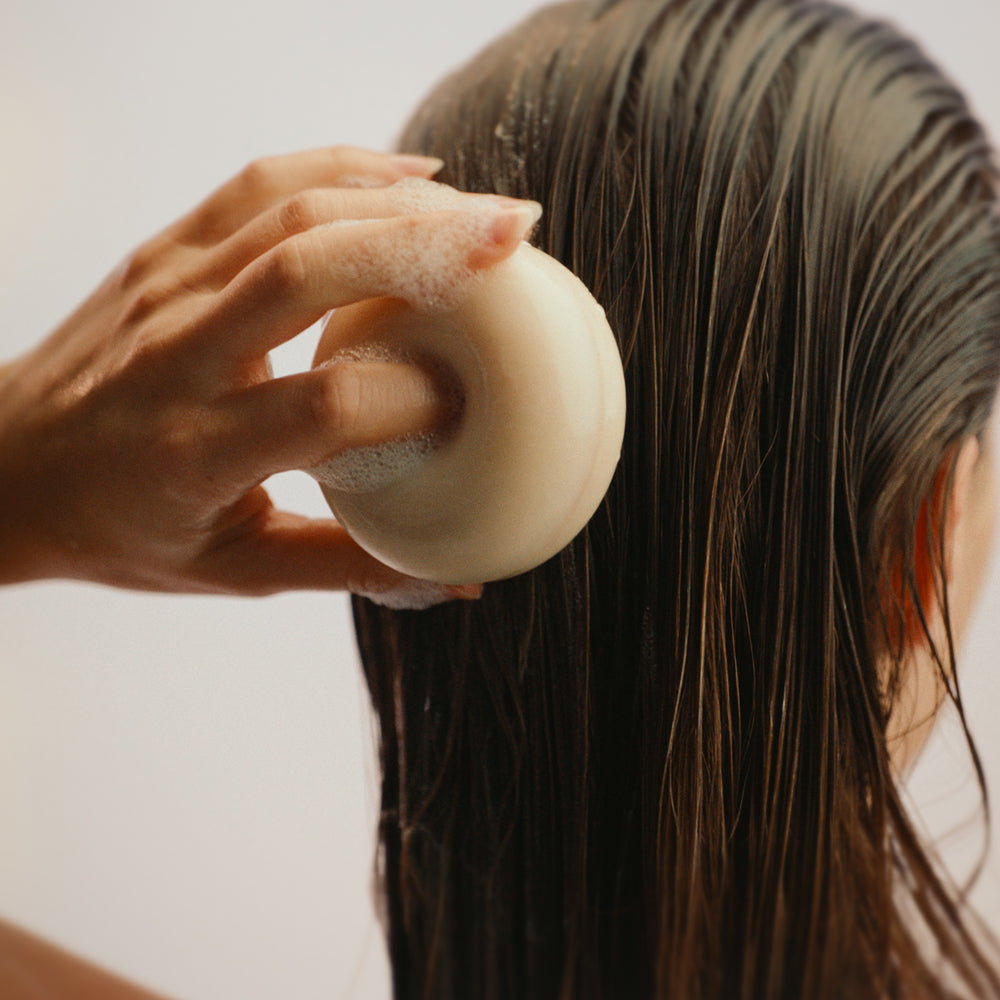
Sustainability simplified: only 9% of plastic gets recycled
We’ve all been told that recycling is the answer to the plastic problem, but the reality is more complex. Many plastics carry the recycling symbol, but that doesn't actually mean they get recycled. Although the idea of a circular economy is comforting, the reality is that the recycling system often falls short.
The recycling symbol
The recycling symbol, created by Gary Anderson in 1969 during a design competition to promote cardboard's reusable properties, is now a familiar sight on many products. When you see this symbol on a piece of plastic, you might think it's going to be reused and turned into something new. However, this symbol only means the plastic can be recycled under very specific conditions—not necessarily that it will be. Most of the time, these plastics end up in a landfill or even get burned, which goes against the purpose of recycling.
The challenge
One major issue is that there are many different types of plastics, and not all of them can be easily recycled. The most commonly recycled types are PET (water bottles for example) and HDPE (like milk jugs). But other plastics, such as PVC, LDPE, and polystyrene, are much harder to recycle. They contain different chemicals and added ingredients that complicate the process, often making it not worth the effort. Even when plastics are technically recyclable, they often aren’t due to contamination or other issues. For example, if a plastic container isn’t cleaned properly, it can ruin an entire batch of recyclables. Additionally, each time plastic is recycled, its quality decreases, meaning it can only be recycled a maximum of three times before becoming waste.
The environmental impact
The gaps in our recycling systems have significant environmental impacts. When plastics end up in incinerators, they release toxic chemicals into the air, which is harmful to both people and the planet. Plastics that go to landfills take hundreds of years to break down, leaching harmful chemicals into the soil and water and causing long-term damage to ecosystems.
A cleaner future is possible
Despite all the recycling programs and awareness campaigns, only about 9% of all plastic ever produced has been recycled. This means the vast majority of plastics are still ending up in landfills or being incinerated. It's clear that our current recycling systems aren’t enough to tackle the plastic problem.
But it's not too late to make a change. To truly address the issue, we need to rethink our entire relationship with plastic. This means minimising plastic consumption as much as possible, especially single-use items, and choosing products with reusable packaging. We should live like plastic never gets recycled because, in reality, almost none of it does.
Change starts with us, together, we can move towards a world where plastic waste is no longer a problem.












